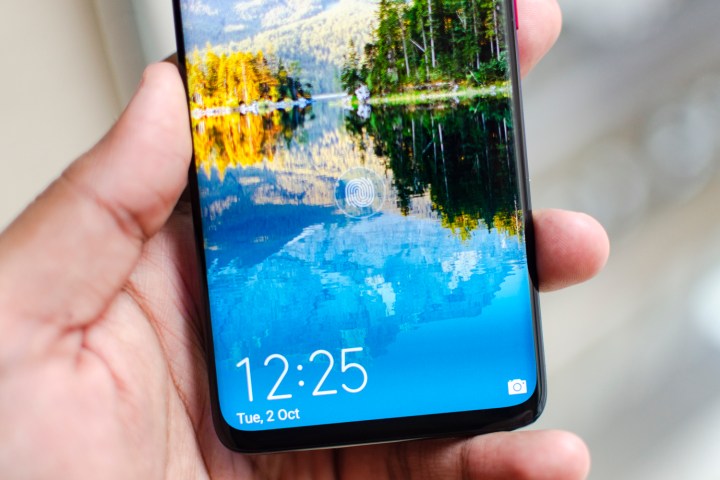
Ads appeared on the lock screens of Huawei and Honor smartphones on Thursday, causing public outcry and anger from device owners in online forums and social media. In an initial statement, a Huawei spokesperson said the company was not responsible for placing ads on people’s phones. That’s not the case anymore, as Huawei and Honor have made an about-face and said the ads were a mistake on its part.
“The lock screen images on our servers were inadvertently published,” a Huawei spokesperson told Digital Trends. “These have been removed and should no longer be appearing. Images that downloaded to devices can be deleted by sliding up from the bottom edge of the screen until the operation toolbar appears, then click the “delete” button and then “remove” in the confirmation window. We apologize for the inconvenience.”
Honor echoed the statement: “We are sorry for the inconvenience caused to your experience,” the company wrote in an email to Digital Trends. “Please kindly be informed that we have taken down those lock-screen images from our servers, as they should not be appearing on lock-screen interfaces. We will continue to improve our services and bring you an excellent user experience.”
The ads were displayed on the lock screens of Huawei and Honor phones, and showed links to sites like Booking.com. They arrived through Huawei’s Magazine app, which automatically rotates the lock screen wallpaper via images from a database. They can be manually deleted, as Huawei explained above, but if you use your own wallpaper, you couldn’t see them. The outcry was understandable: Advertisements can be intrusive, and placing them on phone lock screens without warning can put people off.

Huawei’s cloud team was reportedly testing ads on the Magazine service, according to the spokesperson. The reason why Huawei initially said it wasn’t responsible for the ads was because the U.S. public relations team was unaware the company was testing them. When asked for clarification on whether people may eventually see ads if they use the Magazine service, the spokesperson said there are “no additional details.”
The ads were shown on high-end phones, too, like the Huawei P20, which people paid top dollar for. Amazon places ads on its Prime Exclusive phones, but it explicitly states this on the product page and it uses the ads to lower the cost of the phone. Other companies like Xiaomi also deliver ads to Xiaomi device owners, as it’s mentioned in the Chinese company’s Terms of Service. Huawei doesn’t have any language anywhere about delivering ads to its own devices.
Huawei doesn’t need any more bad press. The Trump administration recently placed the company on the “Entity” list, banning U.S. firms from selling parts or software to it (or buying from it) without prior permission from the government. Huawei also delayed the release of its highly anticipated Mate X foldable phone from June to September as well, though the company didn’t blame the U.S. trade ban.
Updated on June 14, 2019: Added statement from Honor.

